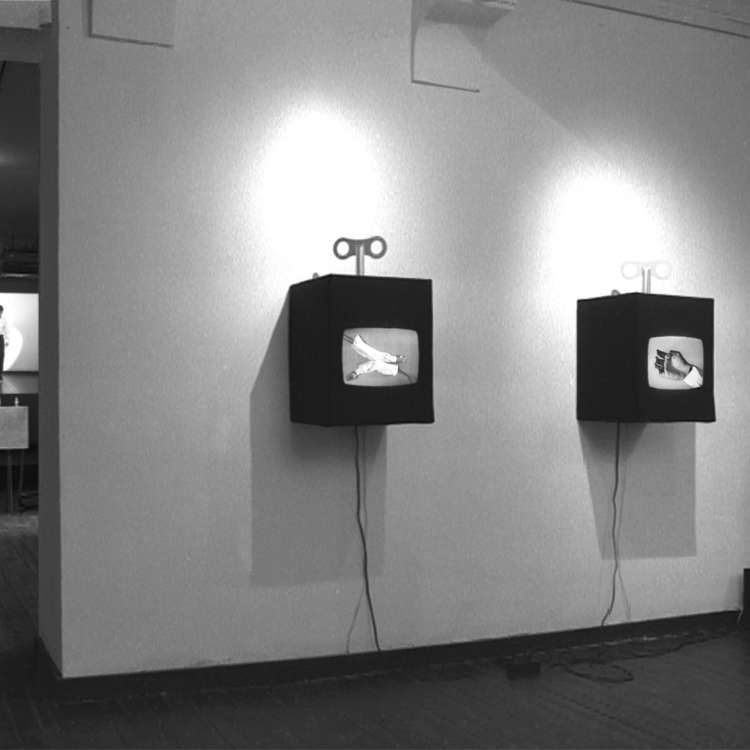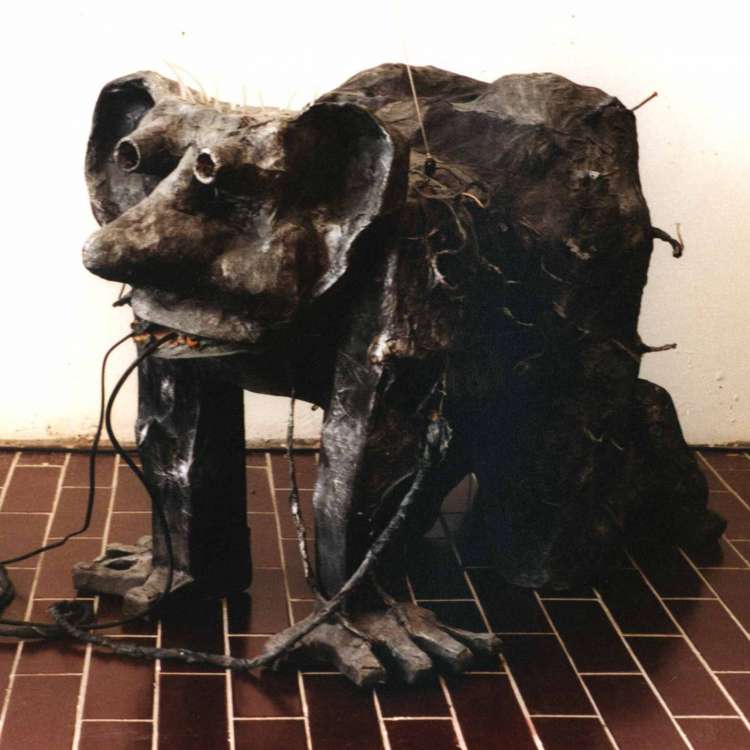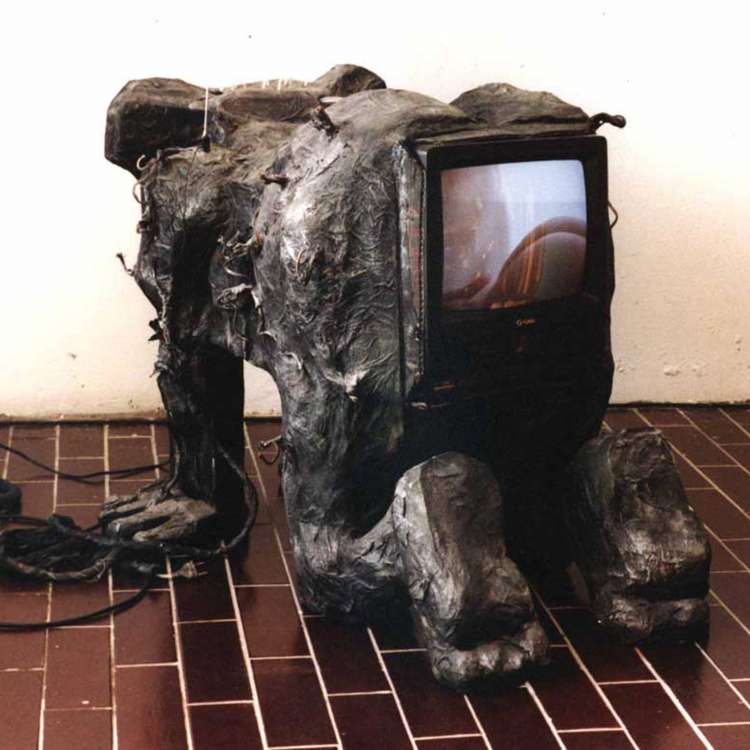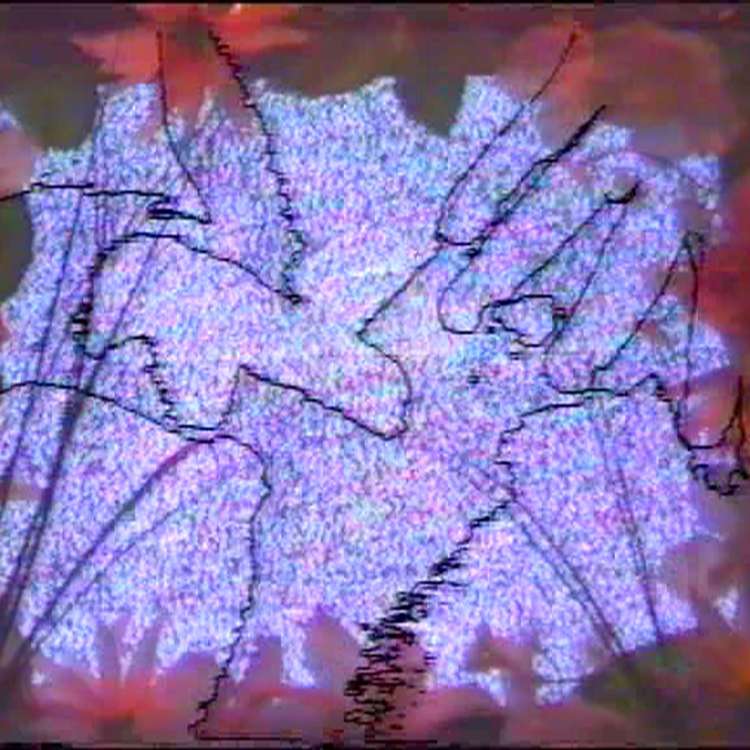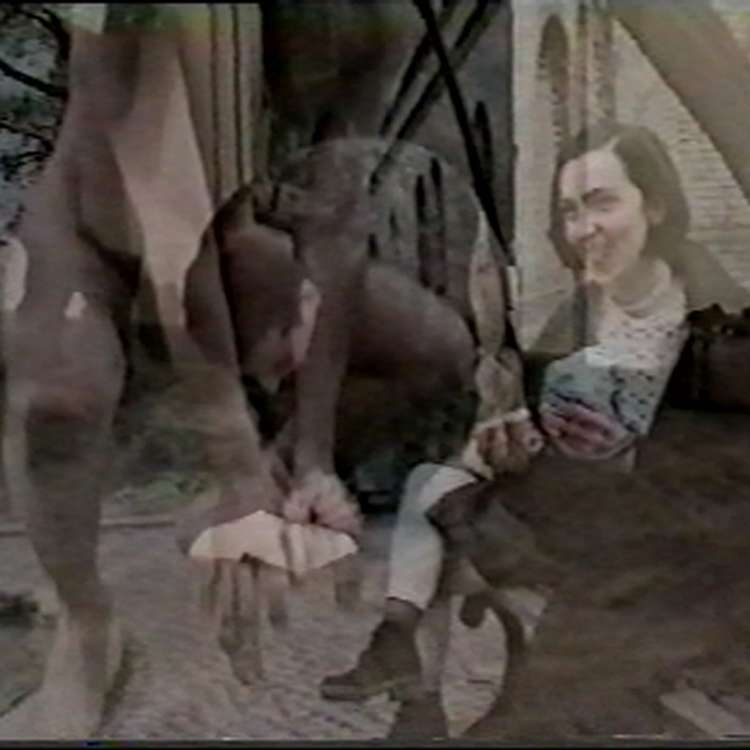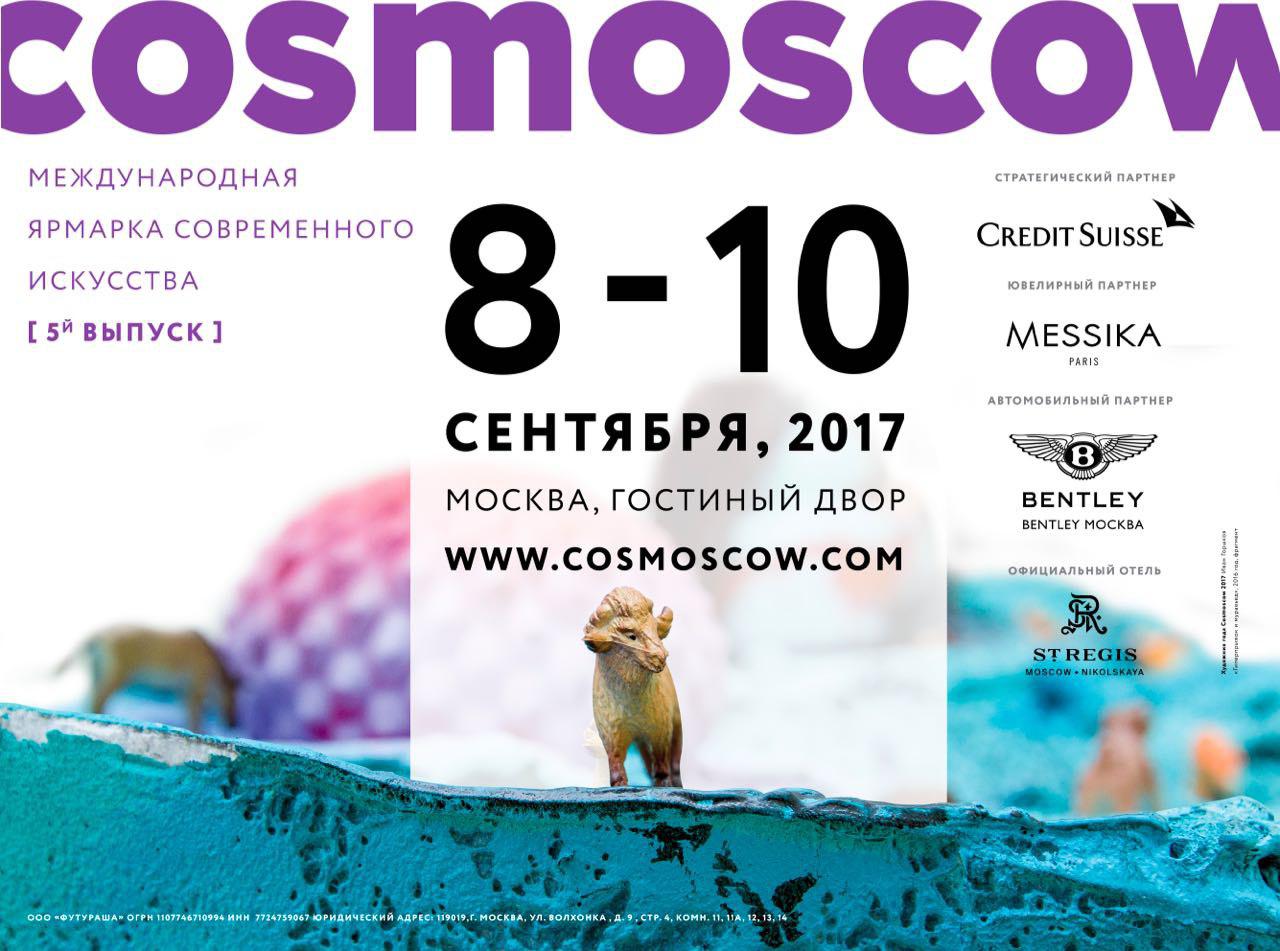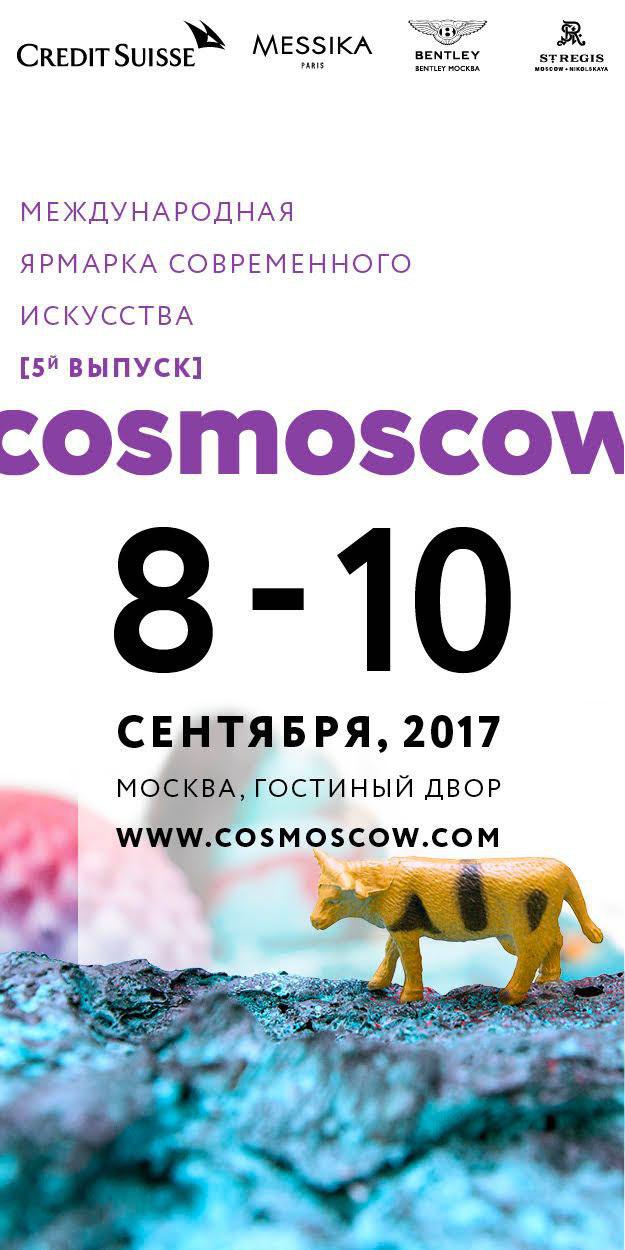The exhibition ‘Art is an Illusion’ is devoted to the emergence and development of new media in contemporary art. Antonio Geuza’s project ‘The Story of Russian Art’ presents the history of Russian video art from the early 1990s to the end of the millennium.
It includes the work of 12 artists and 5 video installations, among them: Boris Yuhananova’s first video, ‘Mansion’ (1986) as well as the oldest video installation in Russia, ‘Electronic Boy in Wet Diaper’ (1990) by Bulat Galeev, Head of SRI ‘Prometheus’.
Olesya Turkina (Russian State Museum) presents a program of early video art by Western artists, which, as opposed to what comes out of mass media, is honest and sincere in the way it presents the image. Several generations of artists have passed since video art first appeared and in that time creative methods have improved along with the manner in which the works are displayed. Video art, which at one time declared war on television’s portrayal of reality and the narratives of the big screen, is now itself increasingly accused of focusing too much on plot and technical effects, of attempting to position itself somewhere between Hollywood and Disneyland. However, young artists who work with digital technologies quite organically include video in their work.
As part of the exhibition ‘Art is an Illusion’, Julia Strauss and Moritz Mattern have created a computer game, ‘Swan-Robot and the Computer Game as a Work of Art’ (2004), which is dedicated to the heroes of computer games. The plot involves a series of cultural hallucinations which unfold in front of the player (Swan) as he eats this or that hallucinogenic talking plant.
Interactive video art and installations are also represented in the projects ‘Shining Prostheses’ by Aristarkh Chernyshev and Vladislav Efimov; and ‘Super–i’ (glasses of real virtuality) by Alexei Shulgin and Aristarkh Chernyshev.
Additionally, the exhibition introduces ‘Bliss’, a photo-documentary video project by Marian Zhunin and the project ‘Blind’ by ESCAPE (graphics, light boxes).

